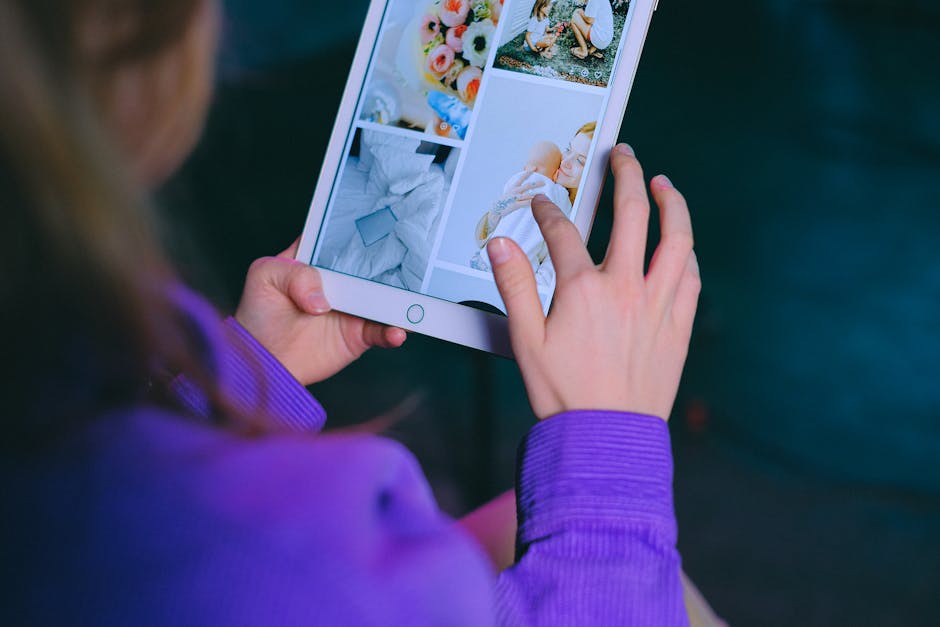How to Use Image and Reverse Image Search Effectively

Image search and reverse image search are tools that have various applications, such as confirming the authenticity of images finding similar visuals and uncovering details about objects or locations. These tools are highly valuable for researchers, journalists and everyday individuals seeking to delve into the images they come across.
Exploring Image Search
Image search allows users to discover pictures related to queries. By inputting keywords into an image search engine like Google Images or Bing Images users can access a range of images linked to those terms. This functionality proves helpful for sourcing visual content for presentations, articles or personal endeavors.
A practical approach to utilizing image search involves using keywords. For example if you're interested in finding images of sunsets in Hawaii employing phrases like "Hawaii sunset beach" is more likely to yield relevant outcomes than generic terms such as "sunset."
Another suggestion is to take advantage of the filters offered on these platforms. Filters enable users to refine their results based on factors like size, color, usage rights, type and timeframe. This functionality is especially beneficial, in settings where specific image dimensions or licensing terms may be necessary.
Furthermore verifying the image source is crucial. Make sure the website where you found the image is trustworthy and that you have the permissions if you plan to use it for public or business purposes.
Understanding Reverse Image Search
Reverse image search enables users to upload an image or provide a link to find images online. It's a tool for tracing back the source of an image locating higher quality versions or recognizing objects and landmarks.
To use Googles image search simply click on the camera icon in the search bar on images.google.com. You can then upload an image from your device. Paste the URL of an online image. The search results will show visually images and websites where that picture appears.
Bing Visual Search operates similarly. Also offers additional functions like shopping links, for items seen in images, which can be handy when looking to buy something.
Yandex also offers a reverse image search tool known for accurately matching images, especially photographs and artworks.
Practical Uses of Reverse Image Search
- Confirming Authenticity: Journalists and researchers frequently employ image search to confirm whether photos shared on social media or news platforms are genuine.
- When you stumble upon an image lacking credit using reverse image search can help you track down the original source or photographer.
- For those in shopping Bing Visual Search offers a convenient way to find similar products online by simply uploading a photo.
- Travelers can easily identify landmarks or locations captured in photos by utilizing reverse image search tools.
How to Use These Tools Efficiently
To make the most of both image and reverse image search functions it's essential to adhere to some practices;
- Opt for high resolution images: to improve accuracy in reverse searches.
- Use specific keywords: when conducting regular image searches.
- Always verify the usage rights: of images before using them publicly or commercially.
- Explore various tools: such as Google Images Bing Visual Search and Yandex for comprehensive results.
Comparison Table: Leading Reverse Image Search Tools
| Tool | Features | Ideal For |
|---|---|---|
| Google Images | User interface, extensive database | General use |
| Bing Visual Search | Product identification links, detailed outcomes | Shopping enthusiasts |
| Yandex Images | Accurate matches, for photos and artwork | Photographers and artists |
The Importance of Credible Sources and Accurate Information
Understanding the significance of credible sources and accurate information is crucial.The success of these tools depends heavily on information and reliable sources. It's crucial to check the findings using trustworthy websites and ensure that any data obtained from these searches is credible. For example when confirming the authenticity of an image, in a news investigation it's essential to validate it with sources.
Effectively utilizing image and reverse image search tools can significantly improve ones ability to locate visual content and confirm information. By grasping the functionality of these tools and following recommended approaches individuals can make informed choices and uncover valuable insights concealed within images they come across online.